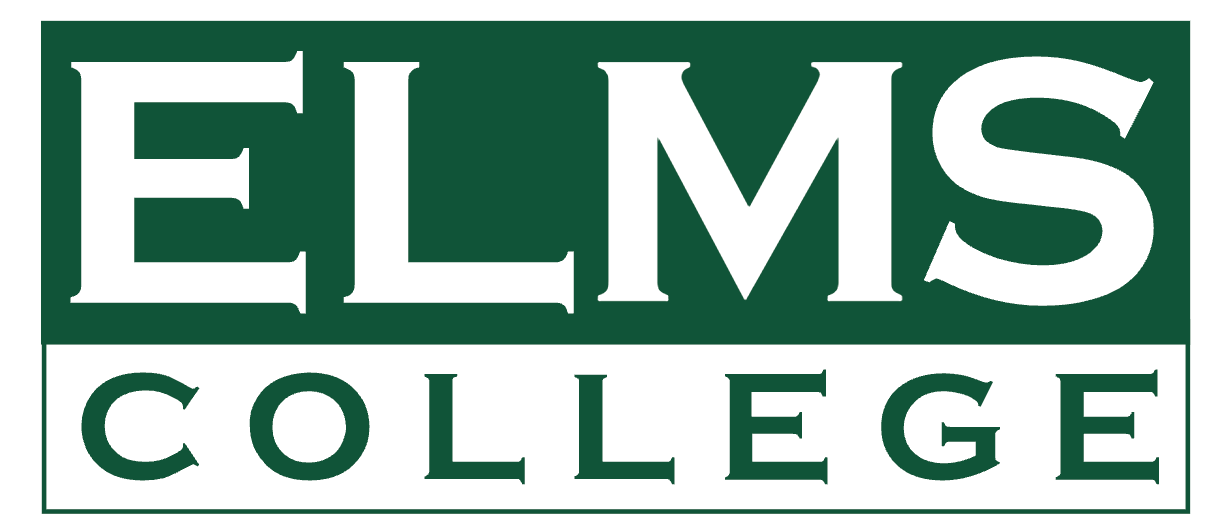- Description
-
Bayes Studio leads in technological innovation, offering advanced AI solutions integrated with SaaS and IoT frameworks. Harnessing the power of advanced artificial intelligence, our technology leverages satellite data and a comprehensive multispectral sensor system, including cameras, thermal imaging, and smoke detectors, to provide unparalleled environmental monitoring solutions.
Our unique approach is carefully designed to meet the intricate challenges of detecting and managing wildfires with unparalleled precision. By providing reliable and prompt alerts with a near-zero false positive rate, we empower stakeholders from government bodies to private sector players to make swift, informed decisions that save lives and preserve resources.
- Number of employees
- 2 - 10 employees
- Company website
- https://bayesstudio.com
- Industries
- Environment It & computing Technology
- Representation
- Minority-Owned Women-Owned BIPOC-Owned Small Business Youth-Owned
Representation
Diversity and inclusion
Categories highlighting this company’s ownership and values
Minority-Owned Women-Owned BIPOC-Owned Small Business Youth-Owned Immigrant-OwnedRecent projects
Bayes Studio Brand Identity Development
This project involves developing a comprehensive visual identity system for our brand. The designer will be responsible for creating a cohesive set of visual assets and templates that reflect our brand values and can be used consistently across all platforms and communications.
Sensor Enclosure Industrial Design
The main objective of this project is to design and develop a robust, modular, and weather-resistant enclosure specifically tailored for multi-sensor forest monitoring devices. This enclosure will securely house sensors such as cameras, air quality detectors, humidity, and temperature sensors, ensuring accurate data collection while protecting the components from harsh environmental conditions such as rain, humidity, extreme temperatures, dust, and debris. The design will prioritize modularity to allow for easy assembly, maintenance, and adaptability for various sensor configurations. Additionally, the enclosure will include provisions for a power supply, such as integrated wire inlets and optional solar panel support, enabling sustainable and uninterrupted operation in remote forest environments. The final product will meet functional, environmental, and manufacturing requirements. Another side project for one of the team members would be Conceptualizing and analyzing a lighter-than-air vehicle (airship) tailored for wildfire monitoring and detection.
Identifying Pain Points in Wildfire Detection and Management: Insights from Governmental Firefighting Agencies
The goal of this project is to gain actionable insights into the operational, technological, and resource-related pain points faced by governmental firefighting agencies in wildfire detection and management. By engaging directly with key stakeholders through interviews, the project aims to uncover critical challenges and gaps, enabling Bayes Studio to develop and tailor innovative AI-driven solutions that enhance wildfire monitoring, response efficiency, and community safety.
Literature Screening for Carbon Measurement Integration
Students will engage in the following tasks and activities to achieve the project goal: 1. Literature Review and Screening Task: Perform a comprehensive review of academic literature, white papers, and industry reports on carbon measurement technologies. Activity: Identify key technologies such as infrared gas analyzers, LIDAR, hyperspectral sensors, and others. Deliverable: A detailed literature review report highlighting the most relevant carbon measurement methods. 2. Technology Comparison and Feasibility Analysis Task: Compare the identified carbon measurement technologies based on factors like accuracy, range, power efficiency, weight, and compatibility with the our aerial vehicle. Activity: Conduct a comparative analysis, considering how each technology could be adapted to our UAVs. Deliverable: A feasibility matrix comparing the technologies and a recommendation report on the most suitable options. 3. Application Area Analysis Task: Research and analyze areas of interest where carbon measurement is most impactful, such as wildfire emissions, forest carbon sequestration, and urban-industrial monitoring. Activity: Identify key global regions and sectors where Bayes Studio’s aerial vehicle could provide carbon measurement data, complementing its wildfire monitoring. Deliverable: A report outlining the areas of interest with data on carbon impact and potential monitoring opportunities. 4. Sensor Integration Requirements Task: Outline the technical specifications required for integrating carbon measurement sensors into the aerial system. Activity: Work with technical specifications for sensor weight, power consumption, data transmission, and sensor accuracy. Deliverable: A technical requirements document that outlines the key factors to consider for sensor integration.
